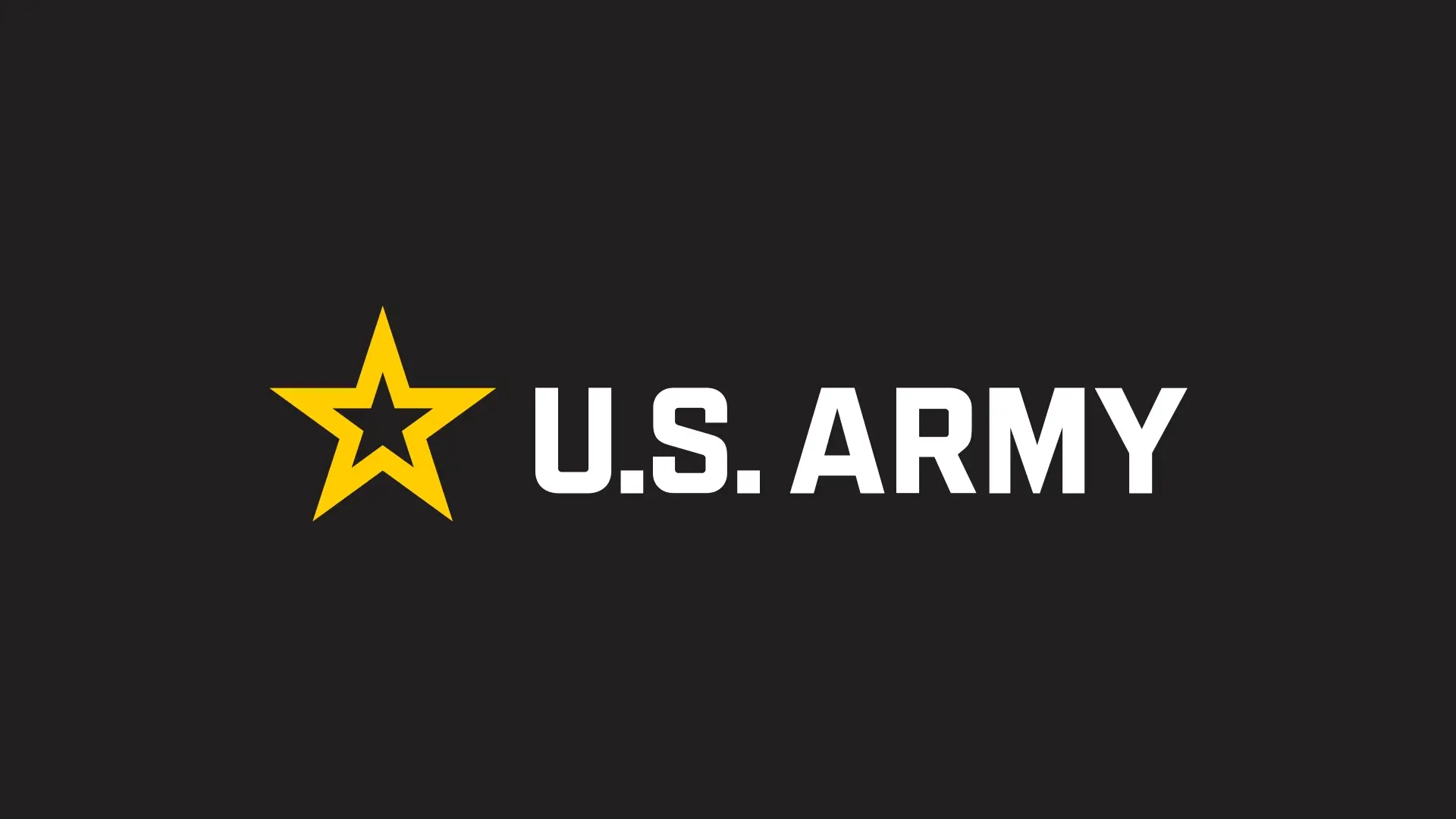By Dr. Randall W. Hill, Jr, Vice Dean, Viterbi School of Engineering, Omar B. Milligan Professor in Computer Science (Games and Interactive Media), Executive Director, ICT
As the United States Army marks its 250th anniversary, we pause not only to celebrate a legacy of courage, innovation, and service—but to reaffirm our commitment to the mission we at the USC Institute for Creative Technologies (ICT) have proudly shared with the Army for nearly twenty-five years.
The Army has always understood that readiness is not a static concept. It requires continual adaptation to meet emerging threats, integrate new technologies, and prepare soldiers for increasingly complex missions. At ICT, we have had the honor of working side-by-side with the Army to help shape that future—pioneering tools that train soldiers more effectively, simulate the unpredictability of combat more realistically, and deliver psychological health interventions with greater reach and sensitivity.
Our relationship with the Army began at a pivotal moment in military thinking. In the late 1990s, the Army sought to harness advances in entertainment technology to enhance military training and human performance. The result was the founding of ICT in 1999 as a University Affiliated Research Center (UARC), a unique partnership that brought together Hollywood storytellers, game developers, cognitive scientists, and artificial intelligence researchers—all in the service of national defense.
From the beginning, we recognized that effective training is not just about replicating battlefield conditions; it’s about preparing soldiers cognitively, emotionally, and ethically for the real-world decisions they must make. That’s why so much of our work has centered on immersive simulations that integrate virtual humans, adaptive dialogue systems, and narrative-driven scenarios. Whether it’s helping a soldier practice de-escalation in a tense checkpoint encounter or training medics to respond under fire, we aim to put the human element at the center of every technological solution.
ICT’s support to the Army has taken many forms—from the earliest iterations of virtual reality training systems to cutting-edge research in AI and multi-agent simulation. We have worked closely with the U.S. Army Synthetic Training Environment (STE), contributing to the development of flexible, scalable tools that allow commanders and units to rehearse missions in richly detailed digital environments. Our work in natural language understanding, cultural modeling, and intelligent tutoring has helped extend the Army’s training capabilities beyond the classroom and into the field, wherever and whenever they are needed.
Perhaps one of the most meaningful contributions ICT has made is in the domain of mental health and resilience. Working with the Army and the Department of Defense, we developed early prototypes of virtual human agents like “Ellie”—a research platform used to study psychological distress and improve access to care. These technologies laid the foundation for tools now used to screen, monitor, and support warfighters dealing with PTSD, depression, and other invisible wounds of war. It’s a reminder that our charge is not only to prepare soldiers for combat but to support them through the full arc of their service and return to civilian life.
What makes our partnership with the Army so enduring is a shared belief in people. The Army invests in its soldiers with seriousness and purpose, and that same ethic drives our research: every scenario we model, every character we create, and every innovation we pursue must ultimately serve those who serve.
This anniversary is a moment to reflect, but also to look forward. The Army of 1775 could scarcely imagine the world we live in today—nor the world to come. As we move deeper into an era shaped by artificial intelligence, autonomous systems, and cyber threats, the Army once again faces the challenge of transformation. At ICT, we see this as an opportunity to double down on what has always distinguished our work: human-centered innovation.
We are investing in the next generation of AI that can collaborate, reason, and adapt in real time; in digital humans who can teach, coach, and empathize; in simulation technologies that can make training more equitable, accessible, and effective for all. And we are doing so in lockstep with the Army’s modernization priorities—ensuring that the tools we build align with operational needs and tactical realities.
Our commitment to national defense is not just institutional—it’s personal. Many of us at ICT are Veterans, others have family members who have served, or continue to serve. We know what’s at stake. And we know that the Army’s 250-year history is not simply a story of battles and victories—it’s a story of people: leaders and learners, engineers and medics, mentors and warfighters. Our job is to honor that legacy not just with words, but with innovation that makes a difference.
To the U.S. Army—on this milestone anniversary—we offer our deepest respect, and our continued partnership. May the next 250 years be marked by the same spirit of courage, ingenuity, and service that has defined you from the start.
//
